Qube 2011, Germany, Berlin
products goes architecture





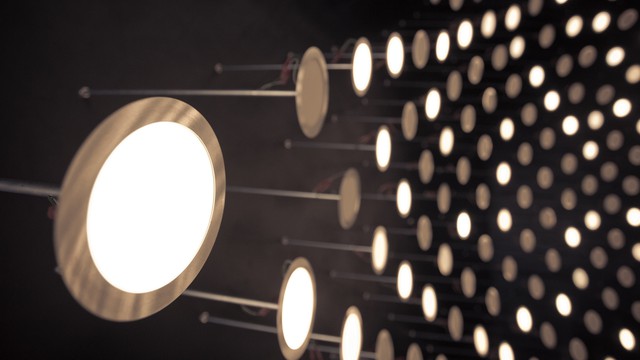
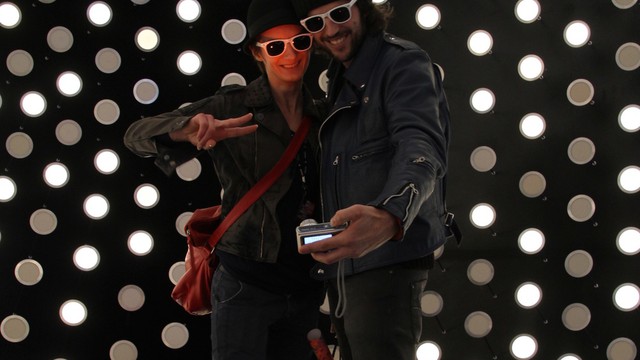
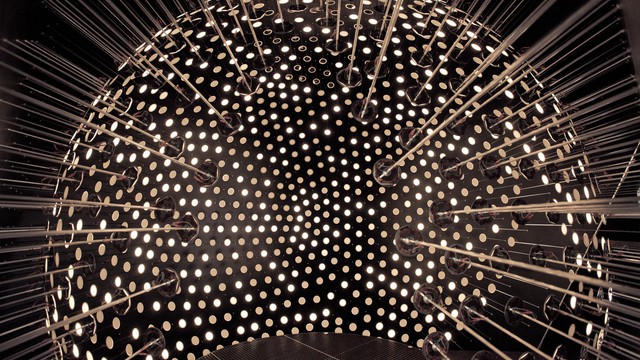



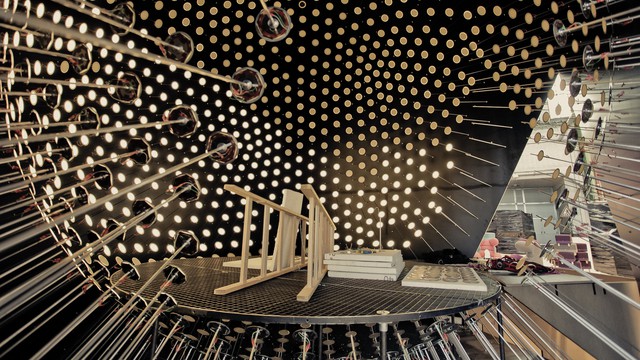
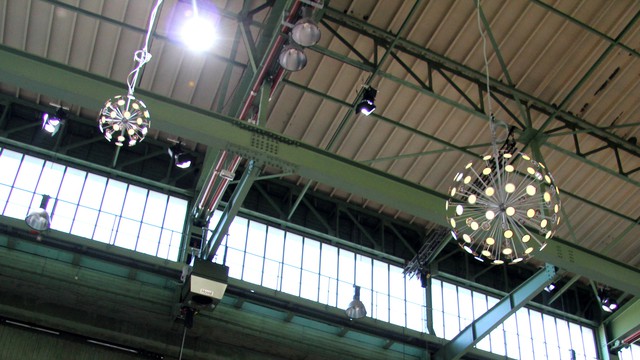
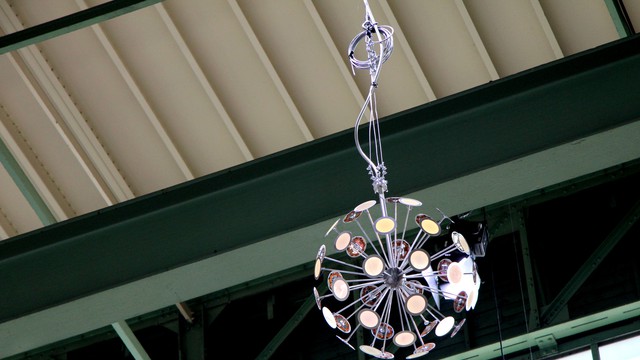

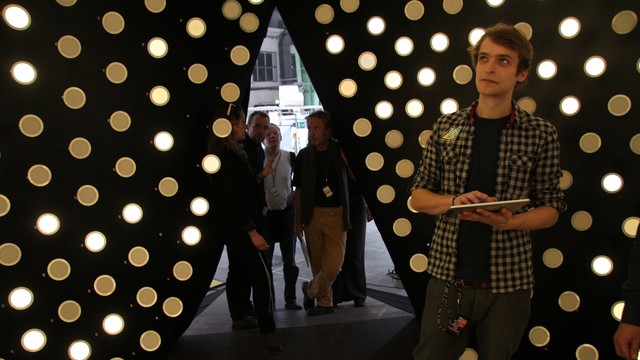

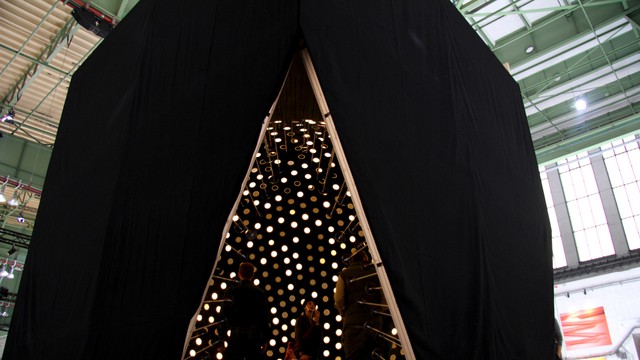
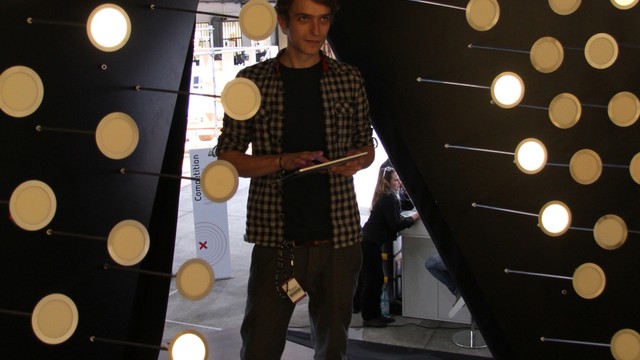

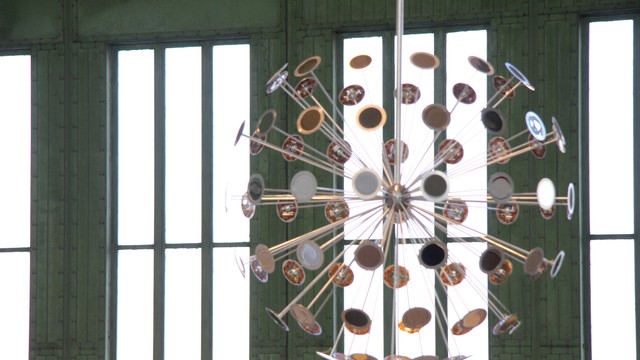
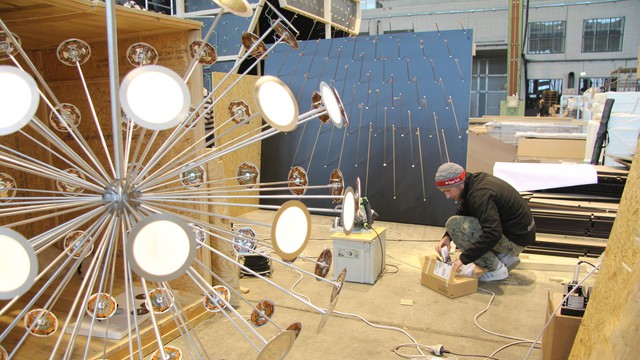
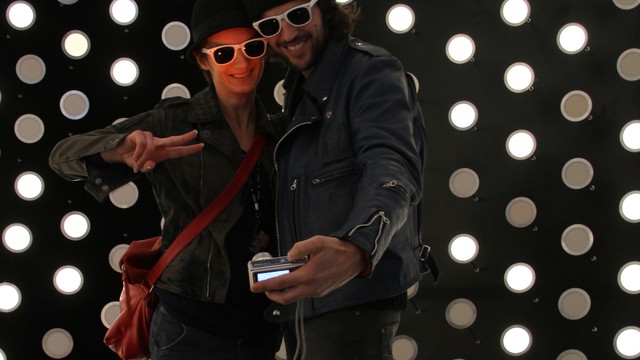
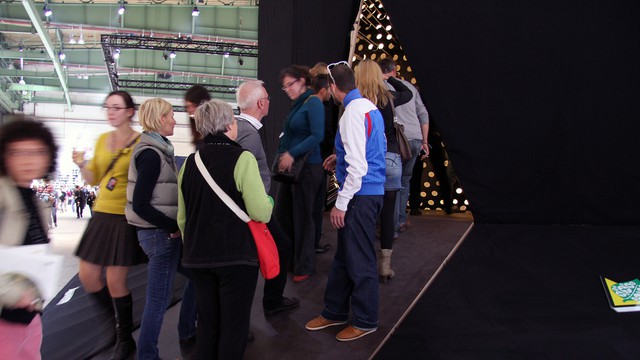

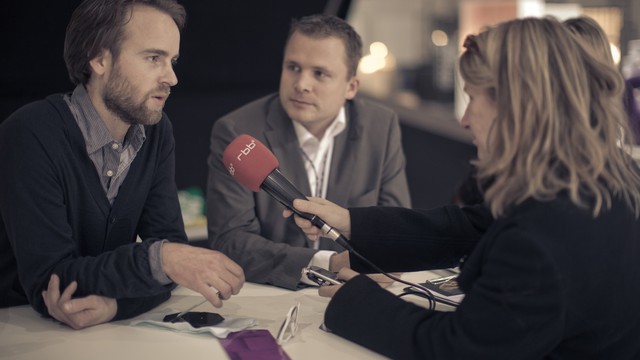
The designer Simon Brünner turns his first OLED luminaire (Supernova) inside out, from which he manages to create an accessible architectural light installation. The luminaire grows from its inner core outwards to create a sphere. When this principle is reversed, a sphere can be found with rods growing outwards to complete a cubic structure. This is how remarkable architectural perspectives are developed through the simple geometric formation of objects. On entering the installation, the spectator experiences a sensation of shifting dimensions. „When two of the first visitors lost their sense of horizon and overturned, I knew it worked!“
Installed on a 12m x 12m x 12mm surface area, the installation was not only accessible, but also interactive. Consisting of more than 1400 light modules, it was the largest installation of its kind. The slender 2mm thick OLED glass light elements could be experienced three dimensionally, which had been exclusively created for the Qubique trade fair. By way of sound and motion sensor techniques, accessing the installation became a sensory sensation making visitors doubt their own perception. Designer Simon Brünner explains „I was not sure how people would react, or even if they would show any reaction. When the first two overturned and lost their sense of horizon while staying in the middle of a semi-transparent perfect sphere, I knew it worked, but much better than expected. I than turned down the intensity for the exhibition. After opening hours, I had good fun with my team entering the cube and turning on max.“
Details
Building or project owner : Osram
Project artist/ concept/ design/ planning : Simon Brünner
Structural engineering : neuesLicht GmbH
Light design : neuesLicht GmbH
Light hardware (LED hardware) : neuesLicht GmbH
Lighting control software : ecue, neuesLicht GmbH (costumized)
Project co-ordination : neuesLicht GmbH
Descriptions
Description of showreel : interactive augmented reality